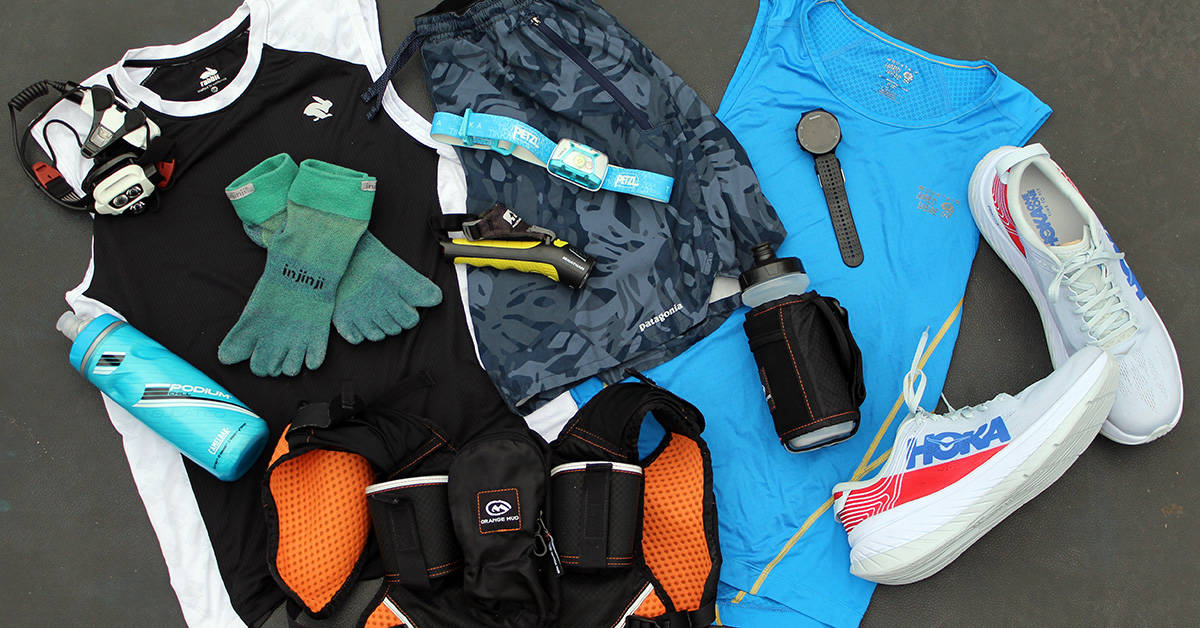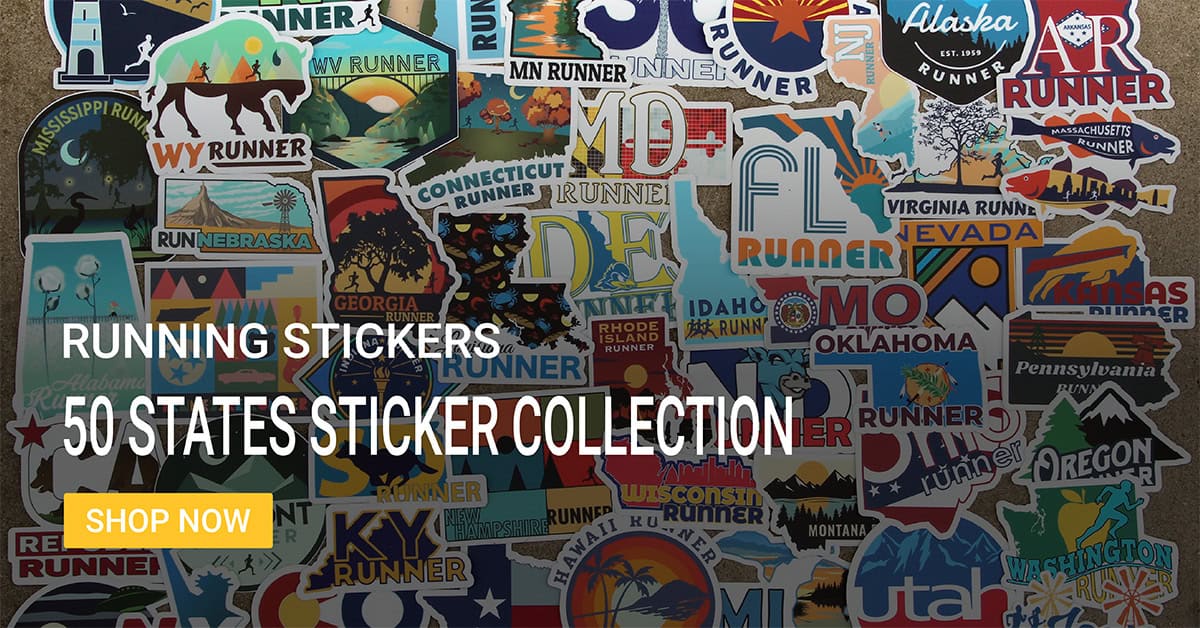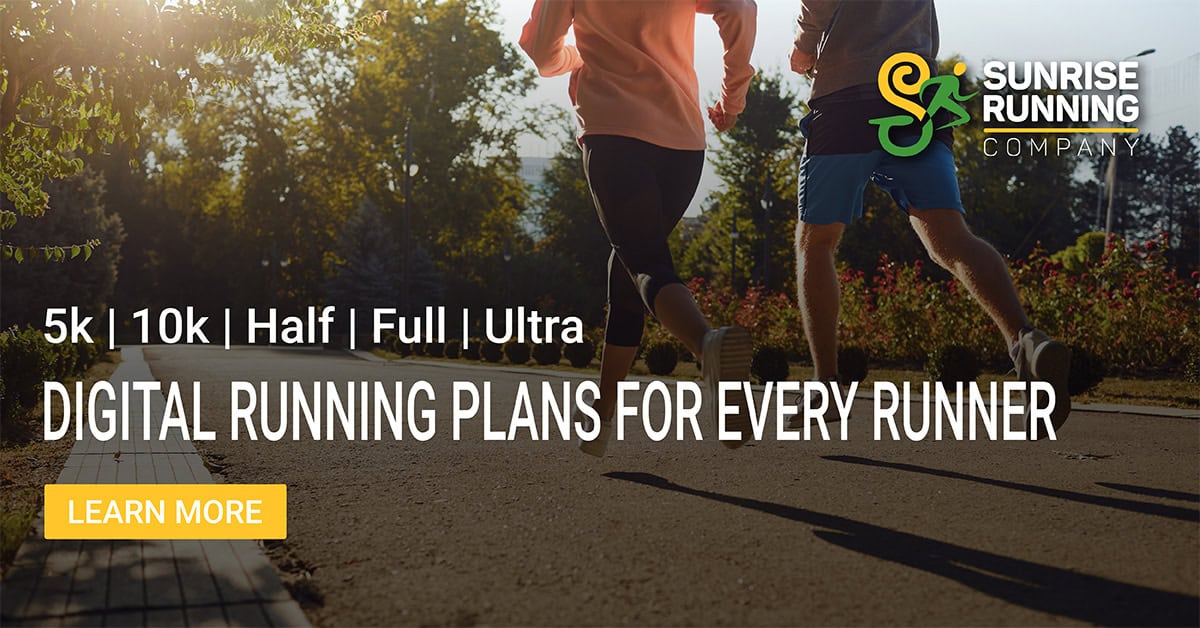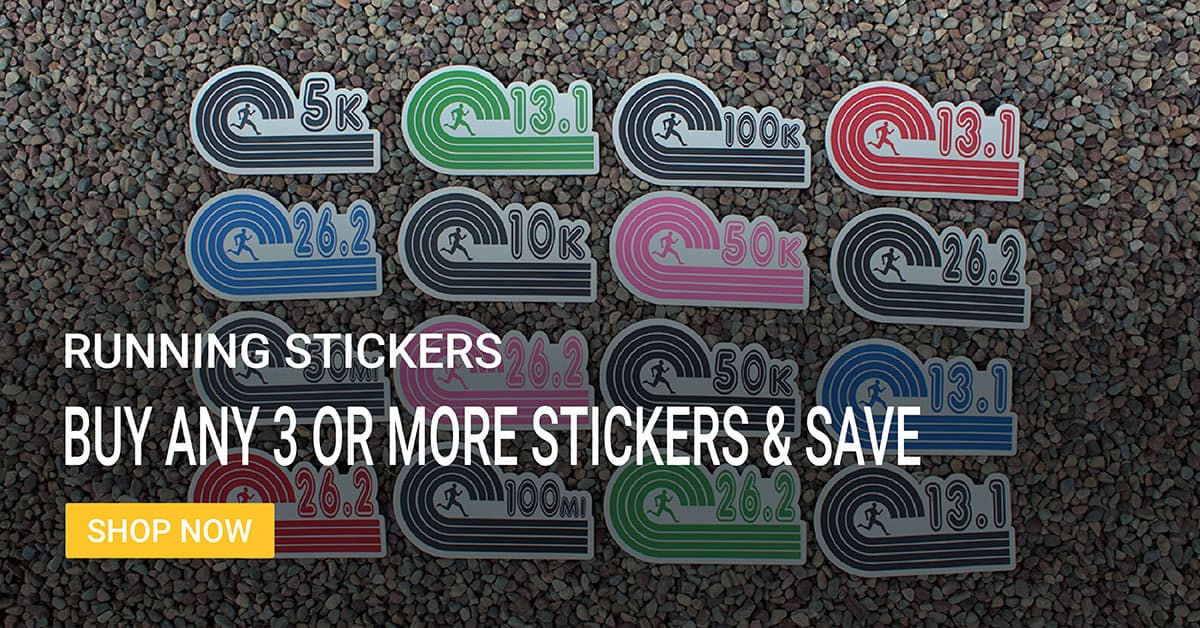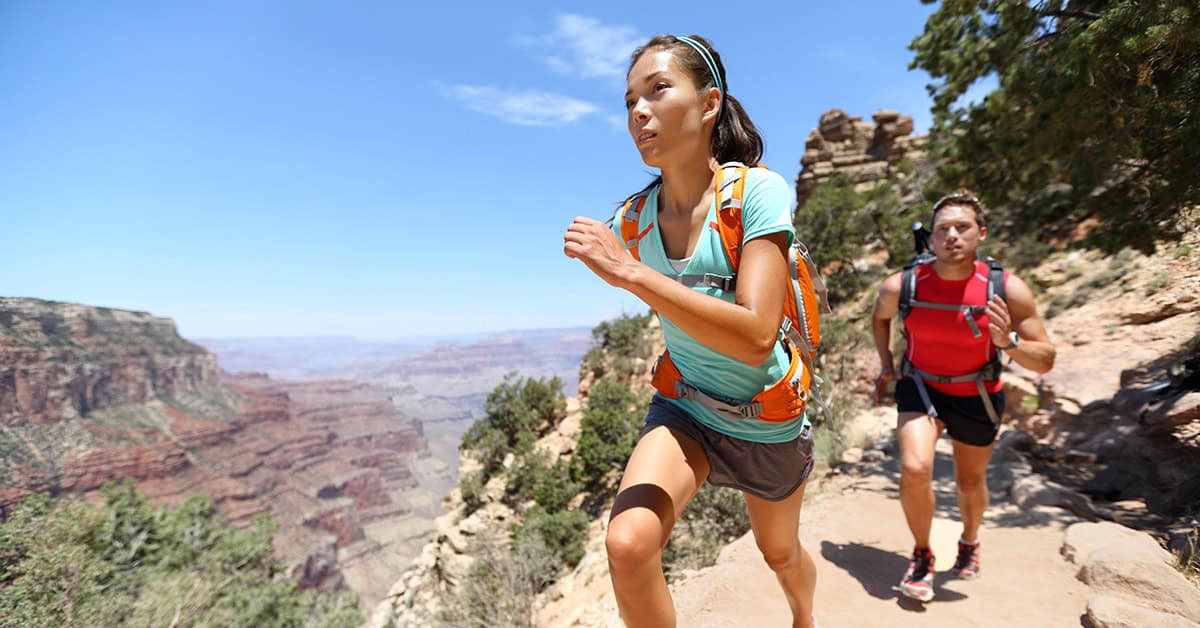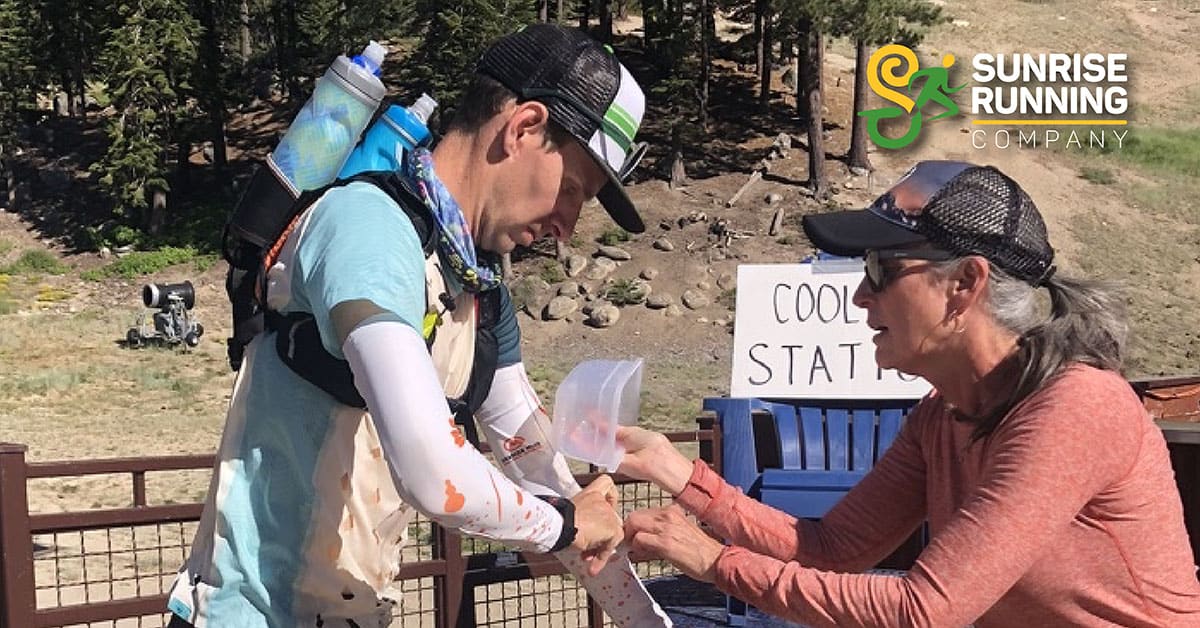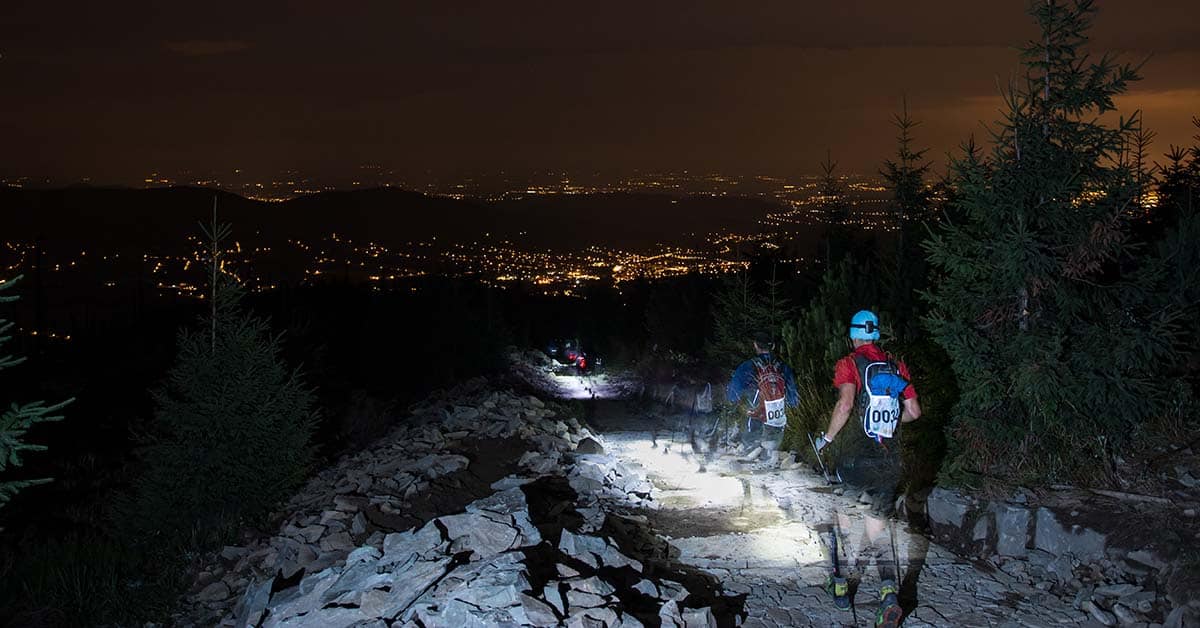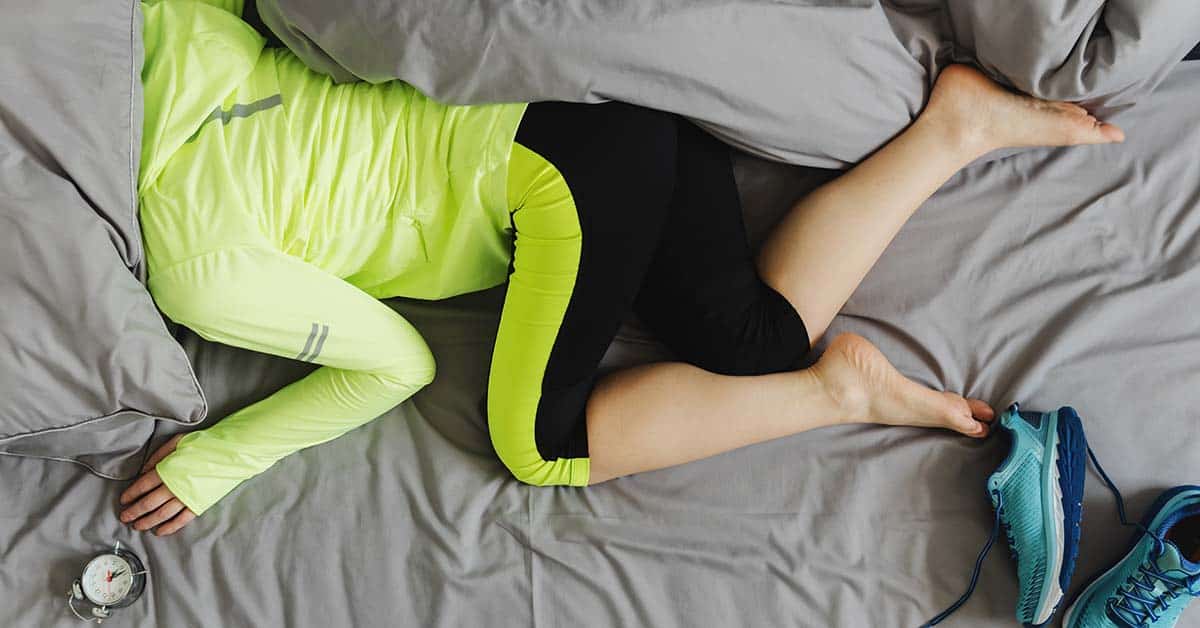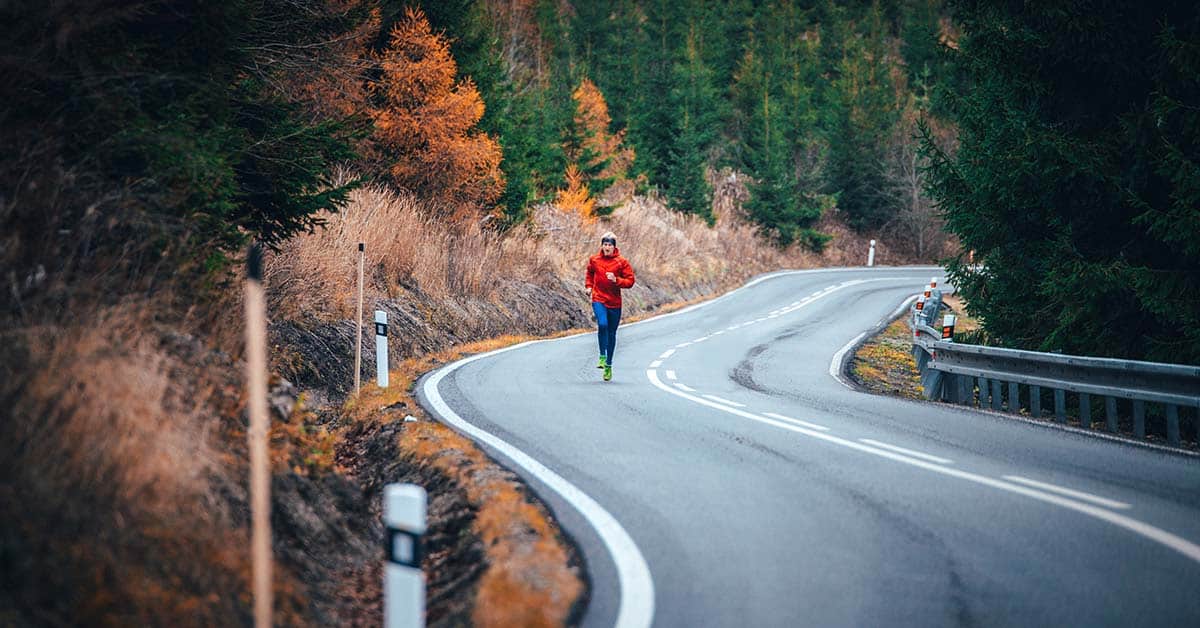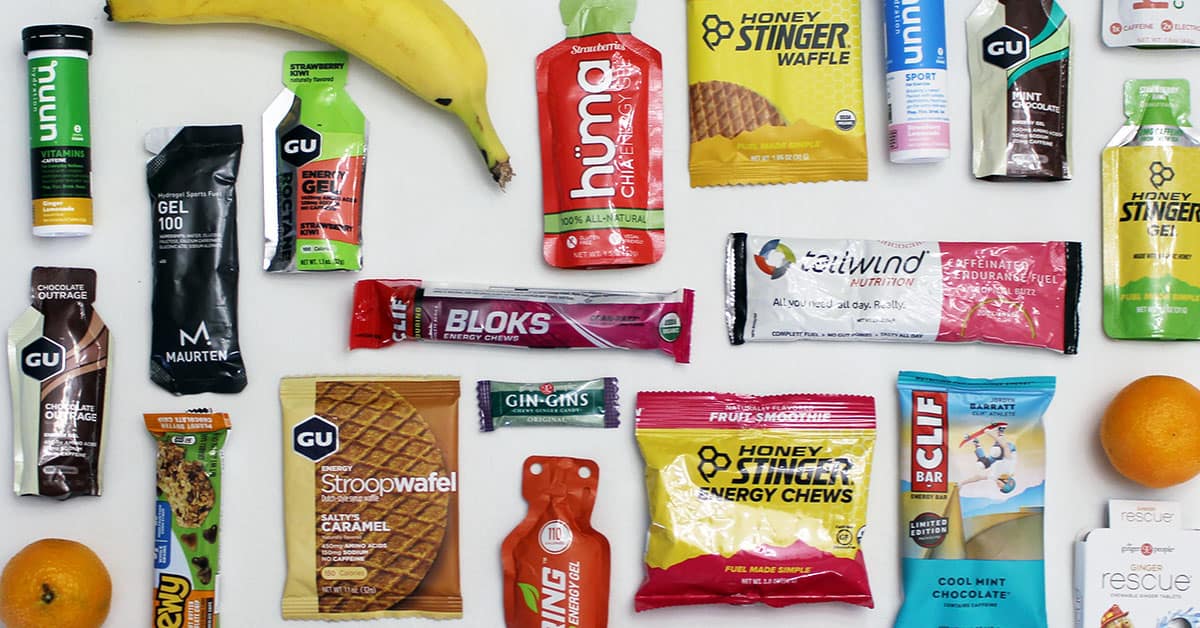What gear choices do you need to make before you hit the trails?
As you transition from road running to trail running you will need to make some important changes to your gear. While some of your road running gear will crossover to trail running, some of it won’t. Easy, well-maintained, urban trails typically don’t require much-specialized gear. However, if you plan to run on more rugged, technical, or remote terrain, you’ll need to make the proper gear choices for trail running.
Proper Gear Choices For Trail Running
When purchasing gear for trail running, you need to consider:
- Shoes
- Light
- Navigation
- Hydration
- Apparel
This list will cover some of the standard gear choices for trail running as well as a few recommendations. Along with everything else in your running and training routines, try out a few things then stick with what works best for you.
Shoes for Trail Running
If you’re going to run on rugged or technical terrain, you will need the correct shoes. While a lot of other gear can work for trail running as well as road running, shoes do not. Trail running shoes are designed with rough terrain in mind. They’re built to be more durable, to give extra stability, and to protect the soles of your feet.
Trail running shoes have as much versatility in design as road running shoes. Whether you prefer lightweight shoes, shoes with added stability, zero-drop shoes, or shoes with extra cushioning, you can find them in trail running shoes. Salomon and Hoka One One are both reputable brands that sell a variety of great running shoes for both men and women.
Lights For Trail Running In the Dark
If you’re going to be running in the dark, or if there’s a chance that it could get dark while you’re out, bring a light with you. Headlamps are easiest for running since they are hands-free.
Petzl makes a variety of headlamps that are great for runners and adventurers. If you are sticking to trail running and don’t plan to use the headlamp for more technical outdoor adventures, stick with one of the cheaper models with fewer features.
RELATED: 8 Safety Tips for Running In the Dark. Take these precautions before your next early morning or evening run in the dark. Read More »
Navigation While Trail Running
When you’re going on a trail run, it is imperative that you know your route. Plan the route ahead of time and use a mapping app while you’re running. That way even if you end up off-trail, you can find your way back. If you’re going somewhere very remote that doesn’t have cell service or GPS access, bring a map and compass.
Strava: Strava is a reputable app that keeps track of your workouts for you. It can keep track of your mileage, the incline of the run, the number of calories you burned, and more. There are a few advanced features that are subscription-based, but all of the standard features are free.
Relive: Relive is a running app designed to make your outing more memorable and shareable. If you are a more casual runner who enjoys trail running and photography, this could be the app for you.
Hydration For Trail Running
Since you’ll be out on a trail away from urban areas, you’ll need to bring water with you. There are several hydration systems that you can choose from. The two most important features for a trail running hydration system are holding enough water for your run and being comfortable while you run. Plan on bringing 5oz-10oz of water for every 15 minutes that you will be on the trail. If you will be on a remote or technical trail, add 20oz to that number.
There are two primary options for trail running hydration:
- Hydration packs
- Running vests
Essentially, hydration packs fit like a backpack, and run vests fit like a vest. In either option, water is stored in a reservoir with a tube that you can drink out of while you run. Run vests also have pockets in the front for sports-style water bottles that you can fill with extra water or a sports drink. Depending on how far you are running, you may also need room for extra clothes and food. When looking at packs for running, Orange Mud and CamelBak are two great companies to check out for both options.
Apparel For Trail Running
If you’re going on long trail runs, having the right apparel is extremely important. The primary concern from clothing when you’re trail running is water retention. Whether you’re sweating or you get caught in the rain, you don’t want water sitting on your skin for too long. It can lead to chaffing, and it can make you cold quicker. Moisture-wicking material will draw water away from your skin to leave you feeling dryer.
Patagonia is a leader in the outdoor industry for moisture-wicking material. Whether you’re buying socks, underwear, shorts, shirts, or anything else, Patagonia has fantastic gear. Their clothing is designed for outdoor enthusiasts who are willing to brave the elements.
A Training Plan that Works for You.
Our collection of running plans will help you train year-round. From 5k to a 100-mile ultramarathon, we have a training plan built for your experience level and goals. Every plan is delivered via Final Surge, allowing you to sync workouts across devices, receive daily reminders of workouts and activities, and analyze workout and target zone details. Get started today with a training plan built for you, view our running plans here.

